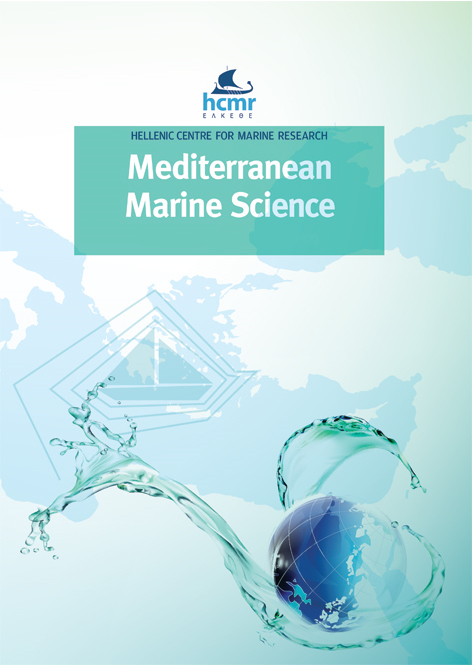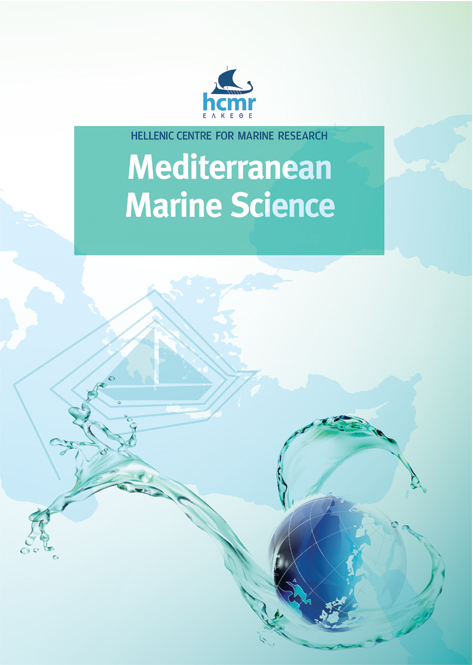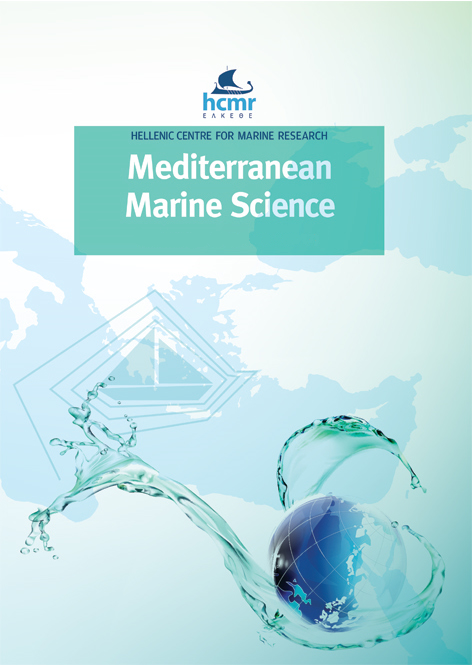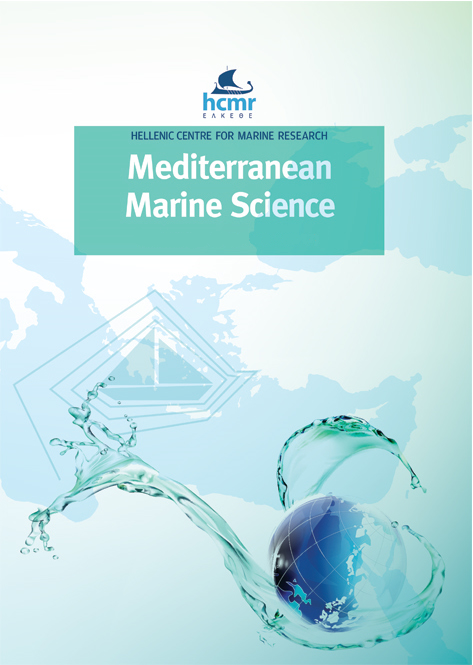Assessing the expansion and success of a restored population of Gongolaria barbata (Stackhouse) Kuntze (Fucales, Phaeophyceae) using high-precision positioning tools and size distribution frequencies

Abstract
Ongoing human pressures over recent decades have caused the loss and ensuing impoverishment of the complexity and diversity of Mediterranean habitats dominated by algal species of the order Fucales. Gongolaria barbata, a habitat-forming Fucales species that has disappeared in several places across the Mediterranean, was reintroduced in a cove (Cala Teulera, Maó Bay, Menorca) where it was known to have been locally extinct for more than 40 years. Reintroduction was performed in 2011 using innovative non-destructive techniques. Here we describe the expansion patterns of the population ten years after its reintroduction, and we look at the size-structure distribution of the restored population compared to one of the only natural populations known in Spain (Fornells Bay, Menorca). Newly settled individuals exhibit a progressive dispersal pattern from restoration sites, favouring rocky substrates at the shallowest level parallel to the shore. The area occupied by G. barbata has increased by almost three orders of magnitude in ten years, from approximately 3.6 m2 of the initially restored area to a current restored area of 2093 m2. Recruits and juveniles dominate the restored population but some individuals have reached large size classes, the overall size distribution resembling the reference population. The high-resolution cartography included in our study enables an accurate mid to long-term assessment of the expansion of G. barbata. Incorporating such tools in restored marine forests would facilitate the implementation of efficient management policies that will help reinforce their conservation
Article Details
- How to Cite
-
GRAN, A., MOVILLA, J., BALLESTEROS, E., SALES, M., BOLADO, I., GALOBART, C., & CEFALÌ, M. E. (2022). Assessing the expansion and success of a restored population of Gongolaria barbata (Stackhouse) Kuntze (Fucales, Phaeophyceae) using high-precision positioning tools and size distribution frequencies. Mediterranean Marine Science, 23(4), 907–916. https://doi.org/10.12681/mms.30500
- Section
- Research Article
Authors who publish with this journal agree to the following terms:
- Authors retain copyright and grant the journal right of first publication with the work simultaneously licensed under a Creative Commons Attribution Non-Commercial License that allows others to share the work with an acknowledgement of the work's authorship and initial publication in this journal.
- Authors are able to enter into separate, additional contractual arrangements for the non-exclusive distribution of the journal's published version of the work (e.g. post it to an institutional repository or publish it in a book), with an acknowledgement of its initial publication in this journal.
- Authors are permitted and encouraged to post their work online (preferably in institutional repositories or on their website) prior to and during the submission process, as it can lead to productive exchanges, as well as earlier and greater citation of published work (See The Effect of Open Access).









